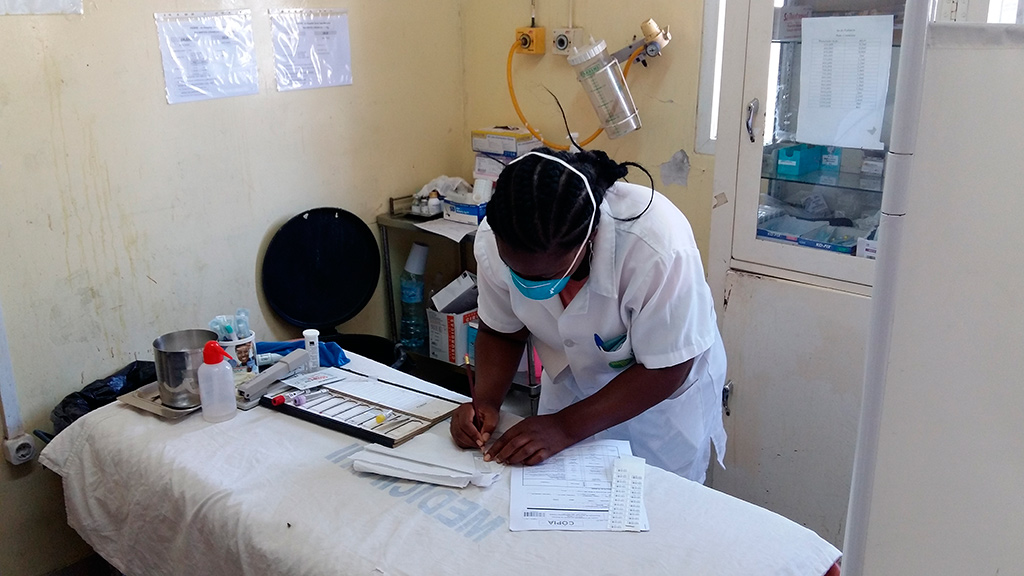A simple algorithm could contribute to reducing the high mortality among newborns and babies in the month following their hospital discharge. In the last 25 years, the reduction in mortality of children under five years of age has been remarkable but insufficient. In low-income countries, children are at increased risk of dying following hospitalization, regardless of their illness, with an estimated risk ranging between 3 and 13% in the month following discharge. The challenge, therefore, is to identify those children at higher risk in order to follow them up closely after discharge, and thereby avoid a considerable number of pediatric deaths. We conducted a retrospective study analyzing data from more than 20,000 pediatric hospital admissions over almost 20 years, in the district hospital of Manhiça, a semi-rural area in Southern Mozambique where almost half of the population is under 15 years of age. We determined mortality during the first, second and third month after hospital discharge, and looked for indicators that would allow to identify and eventually target children at higher risk of dying. The results show that the average mortality after discharge is high (3.6%), a figure even higher than the documented intra-hospital mortality. Half of the post-discharge deaths occur within the first 30 days. The risk is highest in babies under 3 months of age and decreases progressively with age. The study also identifies a series of clinical parameters (malnutrition, diarrhea, clinical pneumonia, etc.) that allow to identify those children at highest mortality risk. Using all or some of these variables, the team used a series of predictive models capable of identifying up to 80% of children at risk of dying after discharge. The children thus identified could benefit from a close follow-up during the first 30 days by community health workers, or receive preventive antimicrobial therapies. If these simple models, based on easyto- obtain parameters like those used in this study, are validated in other contexts, they could represent a valuable tool to save neonatal and infant lives in countries with a high burden of child mortality.
Reference
